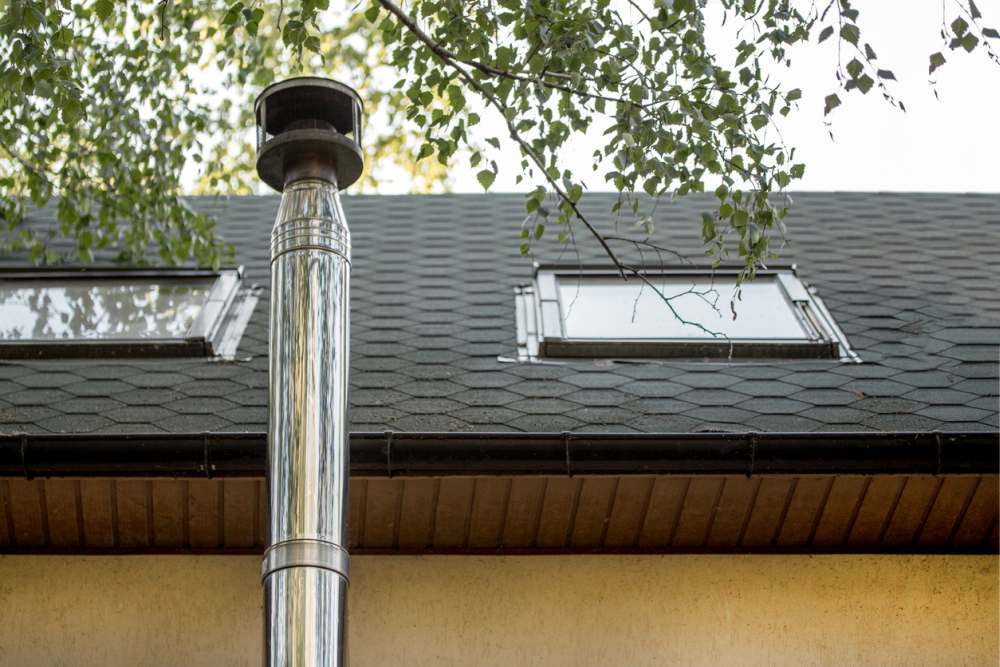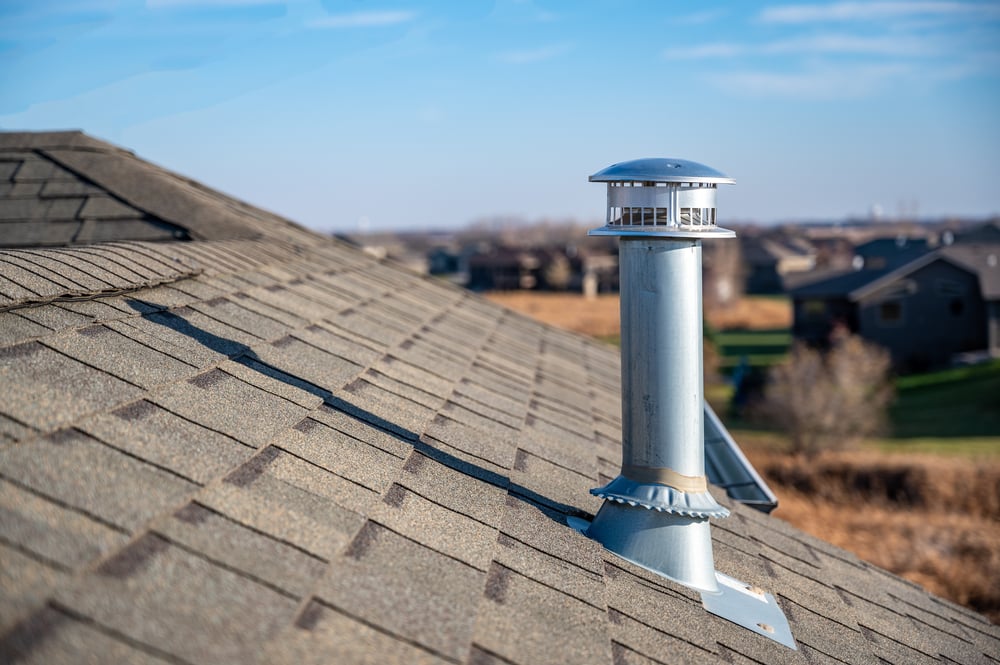Grasping The Value of Adequate Ventilation in Plumbing Systems
Grasping The Value of Adequate Ventilation in Plumbing Systems
Blog Article
Just about every person may have his or her own way of thinking with regards to The Upsides of Proper Ventilation in Plumbing Design.

Proper ventilation in plumbing systems is usually forgotten, yet it is essential for keeping the capability and security of your home's plumbing. Ventilation helps regulate atmospheric pressure, prevent the accumulation of harmful gases, and make sure the reliable elimination of waste. In this guide, we will certainly explore the importance of appropriate plumbing ventilation, just how it functions, and the benefits it gives your pipes system.
Recognizing Ventilation in Pipes
Ventilation in plumbing refers to the network of pipelines that allow air to move with the water drainage system. These vents offer numerous objectives, consisting of managing atmospheric pressure within the pipelines, stopping drain gases from entering the home, and assisting in the smooth circulation of wastewater.
How Ventilation Functions in Plumbing Systems
Air Pressure Regulation
Correct ventilation maintains well balanced atmospheric pressure within the plumbing system. When water moves with pipelines, it displaces air. Without appropriate ventilation, this displacement can develop negative stress, leading to reduce drains or siphoning of water from traps, which can trigger undesirable odors to leak right into the home.
Avoiding Sewer Gas Accumulation
Among the most important features of pipes vents is to avoid drain gases, such as methane and hydrogen sulfide, from collecting within the home. These gases can position serious wellness risks and are highly combustible. Vent pipelines permit these gases to leave safely outdoors.
Aiding in Waste Elimination
Air flow aids in the efficient elimination of wastewater by preventing airlocks in the drainage system. When air can move freely via the vents, it enables water and waste to stream smoothly via the pipes, decreasing the risk of obstructions and backups.
Sorts Of Plumbing Vents
Main Heap Vent
The main pile vent, likewise referred to as the air vent stack, is the main air vent in a plumbing system. It prolongs from the primary drainpipe line up through the roofing system, permitting gases to get away and fresh air to go into the system.
Branch Vent
Branch vents link to the main pile vent and serve specific components, such as sinks, toilets, and showers. These vents make sure that each component has adequate ventilation to operate properly.
Air Admittance Valve (AAV).
An Air Admittance Shutoff (AAV) is a one-way shutoff that allows air to enter the plumbing system without the demand for a standard air vent pipe prolonging via the roofing system. AAVs are generally utilized in renovations or locations where setting up a standard vent is unwise.
Indications of Poor Air Flow in Pipes.
Slow Draining Fixtures.
If your sinks, bathtubs, or commodes are draining gradually, it could be an indication of bad ventilation. Inadequate air circulation can create a vacuum impact, making it tough for water to drain correctly.
Gurgling Seems.
Gurgling audios originating from drains pipes are frequently a result of air being drawn with water traps because of negative stress in the pipes. This is a clear indication of not enough ventilation.
Unpleasant Smells.
Drain odors inside your home are a red flag that your plumbing system is not effectively ventilated. This could indicate that drain gases are not being effectively vented outside, leading to possibly unsafe problems.
Typical Ventilation Mistakes.
Poor Vent Sizing.
Using small air vent pipes can result in bad air circulation and stress inequalities in the system. It's important to utilize vents that fulfill the particular requirements of your plumbing system.
Improper Vent Placement.
Positioning vents also far from the fixtures they serve can decrease their performance. Correct placement makes certain that air can stream freely and effectively with the system.
Ignoring Code Requirements.
Building regulations supply certain standards for pipes ventilation. Ignoring these codes can result in a system that fails to function properly and might lead to costly repairs or carcinogen.
Advantages of Proper Air Flow.
Enhanced System Efficiency.
Appropriately ventilated pipes systems operate much more effectively, with less clogs, faster draining, and much less stress on the pipes. This performance prolongs the lifespan of the pipes system.
Improved Air Top Quality.
By preventing sewage system gases from entering your home, proper ventilation contributes to far better interior air quality, making your living atmosphere healthier and extra comfy.
Protecting Against Water Damages.
Ample air flow assists stop water from being siphoned out of catches, which can lead to sewage system gases entering the home and causing water damage with time.
Actions to Make Certain Correct Air Flow.
Consulting Plumbing Codes.
Constantly get in touch with regional plumbing codes when making or customizing your pipes system. These codes supply the needed guidelines for appropriate airing vent and ensure your system satisfies safety requirements.
Routine Assessment and Maintenance.
Routine examinations can aid identify prospective ventilation concerns prior to they become major troubles. Upkeep jobs, such as cleaning vent pipelines and looking for clogs, are important for keeping the system in good working order.
Expert Setup.
For brand-new installations or major modifications, it's a good idea to hire a professional plumbing technician. They have the experience to ensure the air flow system is properly developed and installed according to code.
Final thought.
Proper air flow is an essential part of any pipes system, making sure that it operates effectively and securely. By comprehending the relevance of ventilation, acknowledging the indicators of poor air flow, and taking steps to maintain your system, you can stop pricey concerns and protect your home's air high quality.
4 Things You Should Know About Your Plumbing Vents
What Plumbing Vents Are
Also called a vent stack, a plumbing vent is a vertical pipe attached to your drain line that runs through your roof. The plumbing vent pipe, or plumbing air vent, removes gas and odors from your plumbing system and allows fresh air to enter the pipes, helping the water to flow out of the drain pipes.
What Plumbing Vents Do
Plumbing vents have two basic functions. One of which is to allow unpleasant smelling wastewater and sewer gasses to escape your plumbing system instead of entering your home. Plumbing vent pipes are typically located on roofs, away from windows, to ensure the fumes exit the home completely.
The other function of the plumbing vent is to move fresh air into your plumbing system. This helps move water through every plumbing fixture in your house, like toilets and sink drains. Think of the way in which you need to let a little air into the bottle as you pour soda in order to make the drink flow smoothly.
Different Types of Plumbing Vents
True vent: This is the most common vent option. In simplest terms, a true vent is a vertical pipe attached to your drain line that exits through the roof. They often function as the main vent that other fixtures can connect to. Re-vent pipe or auxiliary vent: Attached to the drain line near specific plumbing fixtures, re-vent pipes run up and over to connect to the main vent. Common vent: Two plumbing fixtures installed on opposite sides of a wall are typically tied into the vent stack using something known as a sanitary cross. Wet vent: This venting option operates as a drain pipe and a vent at the same time. Wet vent drainage systems drain water from one fixture while venting the air from another. Although they’ve been used for over 100 years, wet vent systems have only recently been added to the plumbing code in many areas. If you’re planning on installing one in a bathroom remodel, make sure you check your local code prior to construction. Loop vent: For free-standing fixtures like kitchen island sinks, loop vents are ideal. These vent pipes run under the floor, rise from the P-trap, and create a loop inside the cabinet sink. Air admittance valve: An AAV is a one-way mechanical valve typically installed at the site of the plumbing fixture. AAVs allow venting to occur without having to tie into a larger venting system. They’re ideal for venting fixtures where you aren’t able to easily connect to an existing vent system. Common Plumbing Vent Issues
Although vent pipes typically don’t have water flowing through them, they’re still subject to many typical plumbing issues. For example, clogs are one of the most common problems associated with sewer vent pipes. If your vent pipe gets clogged, all of your plumbing fixtures tied into the vent stack will be affected.
A sink with a slow drain that bubbles and gurgles or a strong sewage smell around your toilet are both indicators that your toilet vent pipe is clogged. Because most vent pipes exit through the roof, old leaves, twigs or even a bird’s nest could be clogging the pipe.
Clogs in your vent pipe system cause a buildup of negative pressure, meaning that water won’t be able to flow out of your home very well. It’s similar to putting your finger over the opening of a straw to trap water inside. When you remove your finger, the water is able to flow out of the straw.
If you suspect you have any blockage in your vent, make sure you have a professional come examine the situation. Left unchecked, a blocked air vent can lead to other costly repairs, like leaks and sediment buildup.
Under Pressure
Pipe vents are essential aspects of a home’s plumbing system. Owning a home means learning about all sorts of things you never put much thought into before. But by understanding as much as you can about the important systems of your home, you can keep those budgets intact and those anxiety levels low.
https://www.homeserve.com/en-us/blog/home-improvement/plumbing-vents/

As a reader on , I imagined sharing that blog post was important. Remember to take a moment to promote this blog if you liked it. We cherish reading our article about What Is a Plumbing Vent and Why Is It Important.
Click Here Report this page